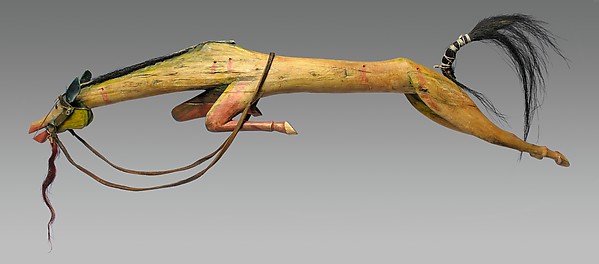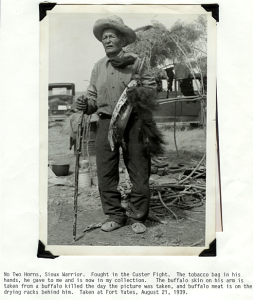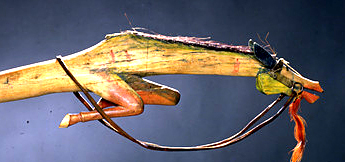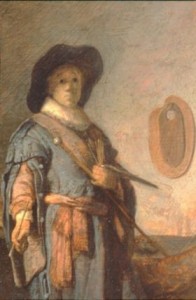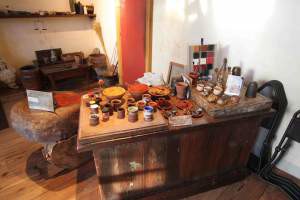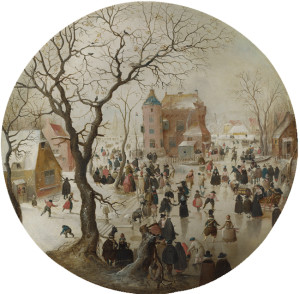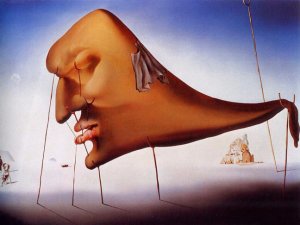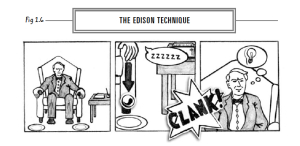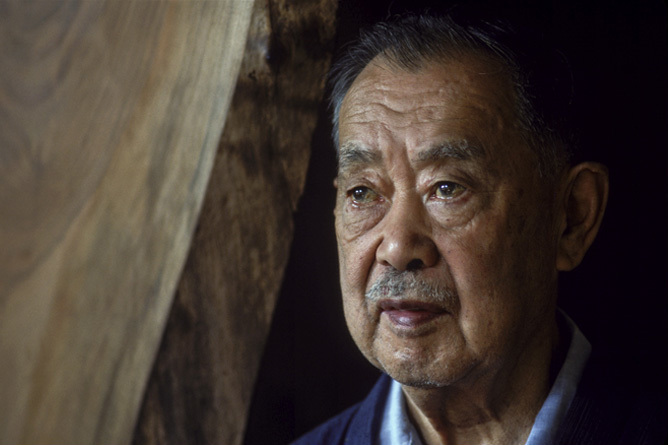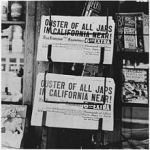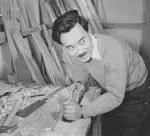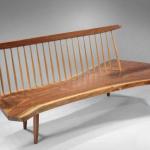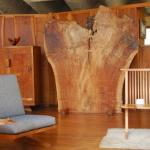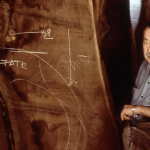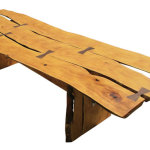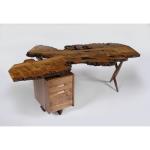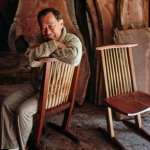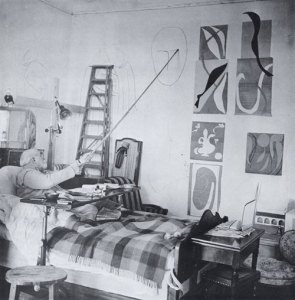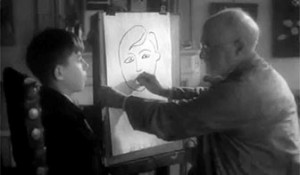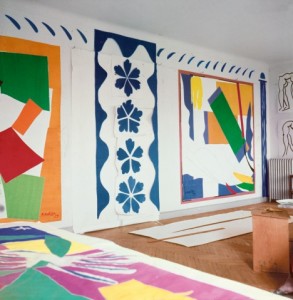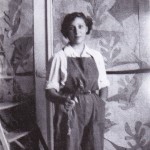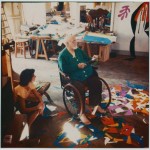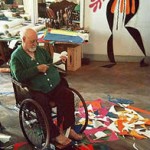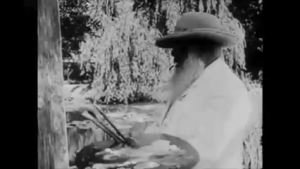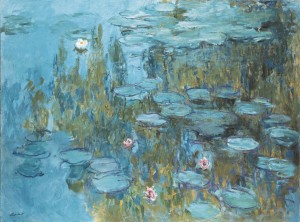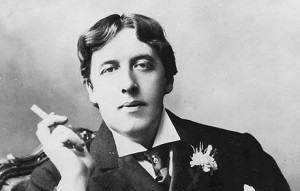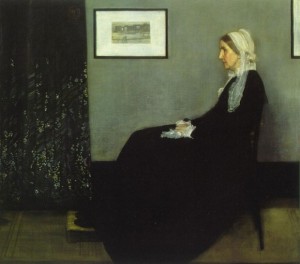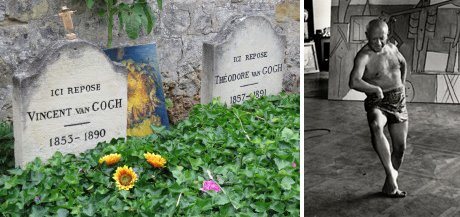 The story of a great artist whose life is tragically cut short, like Raphael, Van Gogh, or Caravaggio, is one of the most popular themes in art history. But what about the artist who lived a rich, full life? There are far more great artists who lived to be 75 or older than those who never reached 40. In fact, there are so many that we will need more than one installment to highlight them all. ‘Volume 1’ of The truly Old Masters features artists who lived all or most of their lives before the twentieth century and were not Americans.
The story of a great artist whose life is tragically cut short, like Raphael, Van Gogh, or Caravaggio, is one of the most popular themes in art history. But what about the artist who lived a rich, full life? There are far more great artists who lived to be 75 or older than those who never reached 40. In fact, there are so many that we will need more than one installment to highlight them all. ‘Volume 1’ of The truly Old Masters features artists who lived all or most of their lives before the twentieth century and were not Americans.
The popular idea that the greatest work of any artist is already done by the age of thirty, flies in the face of countless examples of mature works of genius. Why should anyone be surprised that a talented artist will benefit from longer study of any art form? The colorful paper cut-outs in Matisse’s Jazz and Michelangelo’s Dome of St. Peters are just two examples of a tour-de-force by truly old masters.
The maxim of Hippocrates, Ars longa, vita brevis (Art is long, life is short), is both a blessing and a curse for artists. That’s because so many, like the great Edo era artist Hokusai, are never satisfied with their past works and count on reaching a ripe old age to finally become successful. He explained,“From the age of 6, I had a mania for drawing the shapes of things. When I was 50, I had published a universe of designs. But all I have done before the the age of 70 is not worth bothering with. At 75, I’ll have learned something of the pattern of nature, of animals, of plants, of trees, birds, fish and insects. When I am 80, you will see real progress. At 90, I shall have cut my way deeply into the mystery of life itself. At 100, I shall be a marvelous artist. At 110, everything I create; a dot, a line, will jump to life as never before. To all of you who are going to live as long as I do, I promise to keep my word. I am writing this in my old age. I used to call myself Hokusai, but today I sign my self ‘The Old Man Mad About Drawing.”
While Hokusai only lived to be 89, he somehow managed to create over 30,000 works before his death. Among them are some of the most famous Japanese woodcuts, like the iconic “The Great Wave.” He also invented a revolutionary genre of sketchbooks called manga, whose influence continues to today.
But still Hokusai wished to live longer to make even better works. He would have understood completely what Leonardo da Vinci is reputed to have said as he lay dying in the arms of the King of France at the age of 67 — “I have offended God and mankind because my work did not reach the quality it should have.”
Below is a gallery with later work by artists who may have thought life is too short but lived long enough to truly become old masters. [Click on an image to begin slide show.] Continue reading

![Hokusai (1760-1849) [89], Self-portrait at the age of 80](https://lewisartcafe.com/wp-content/uploads/2015/09/hokusai-selfportrait-at-the-age-of-eighty-three-187x300.jpg)
